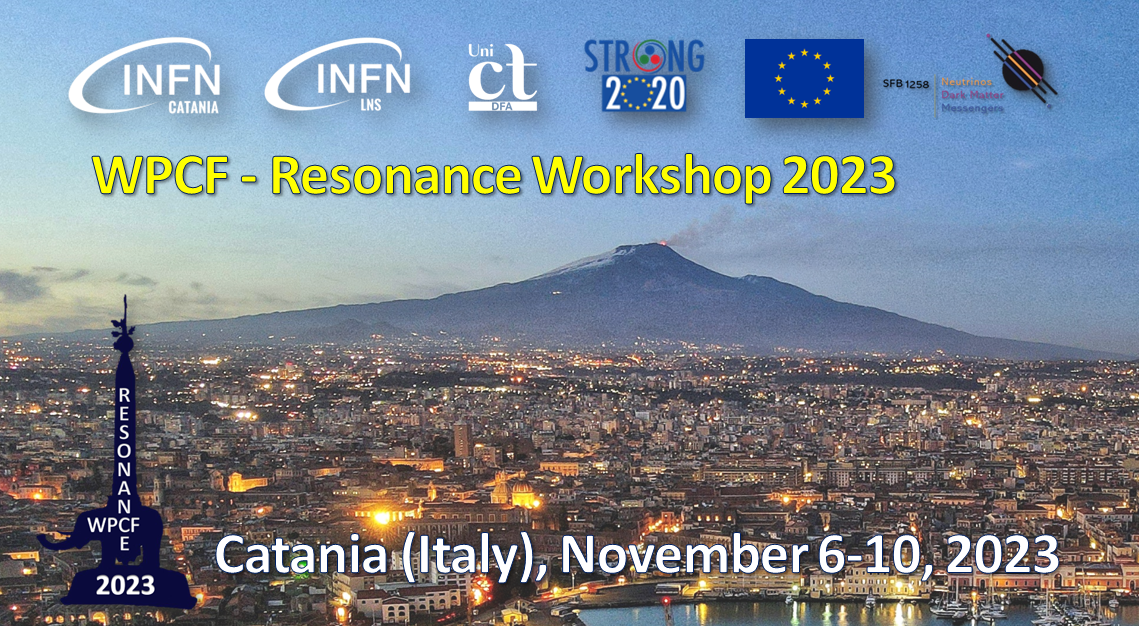Speaker
Description
Measurements at the LHC have provided evidence for collective behavior in high-multiplicity proton-proton (pp) and proton-lead (pPb) collisions through multiparticle correlation techniques. To investigate detailed properties of this collectivity, a comprehensive study of differential Fourier coefficients ($v_{n}$) in particle transverse momentum ($p_\mathrm{T}$) and event multiplicity is presented in proton-lead (pPb) collisions recorded by the CMS experiment at a nucleon-nucleon center-of-mass energy $\sqrt{s_{_{\mathrm{NN}}}} = 8.16$ TeV. In particular, new measurements of $p_\mathrm{T}$-differential multiparticle cumulants using the subevent cumulant method in distinct subevent regions are presented. Relative to past CMS measurements, the new study probes an extended phase space region up to a high particle $p_\mathrm{T}$, putting the observation of a nonzero high-$p_\mathrm{T}$ $v_{2}$ in a small-sized medium into stringent tests. In addition, correlations between multiparticle cumulants and the mean transverse momentum ($[p_\mathrm{T}]$) in pp and pPb, and peripheral lead-lead collisions recorded by the CMS experiment at different $\sqrt{s_{_{\mathrm{NN}}}}$ are presented as a function of charged particle multiplicity. Predictions based on color-glass condensate and hydrodynamic models are compared to the experimental $[p_\mathrm{T}]$ results.

